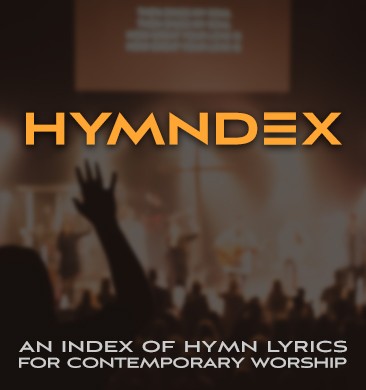Nick Law wonders when did we start assessing authenticity in worship based upon a style of music?
One morning, not long ago, whilst doing the usual scroll through Facebook in an attempt to shoehorn myself into a brand new autumnal day, I saw this caption accompanying a video for a worship project:
If you appreciate authentic worship with a living room feel, check out our latest project.
The video was of what appears to be a large American church with a worship team playing acoustic instruments, microphones and everything, on a large rug surrounded by worshippers in the round.
The thing that disturbed me the most wasn’t the hipsters, it wasn’t the cool exposed filament light bulbs hanging from the ceiling; it wasn’t even the music (which, to be fair, was pretty good), it was is this: since when did we start assessing authenticity in worship based upon a style of music?
PENNIES AND TIED UP SONS
Whilst people watching in the temple one day, Jesus observes a woman who, unlike the previous donors before, places a simple penny into the offering bowl. In a remarkable comment, Jesus says:
Truly I tell you, this poor widow has put more into the treasury than all the others. They all gave out of their wealth; but she, out of her poverty, put in everything—all she had to live on.
Similarly, when God asks of Abraham to do something deemed as utterly barbaric in order to test Him, Abraham ties up his only son – the one promised by the very God who is now required he make a sacrifice of him – and places him on an alter with the intention of sacrificing him to the LORD. As the axe comes down (for some reason I always imagine this with Bruce Willis playing Abraham and Joaquin Phoenix as Isaac!), the Angel of the Lord stops him just in time.





